Duration
8N/9DTrek Difficulty
ModerateHighest Altitude
4130 mBest Time
March to May and Sep to NovPrice
26000/-
Nepal
Annapurna Base Camp Trek (ABC)
Details
The Annapurna Sanctuary: A Haven of Serenity Amidst Majestic Peaks Nestled amidst the mighty Himalayan range, the Annapurna Sanctuary stands as a testament to the breathtaking beauty of Nepal. A sanctuary in the truest sense, this ethereal place offers a haven of serenity to those who venture into its realm. The Annapurna Sanctuary is a trekker's paradise, a destination that combines natural splendor with cultural immersion.
Welcome to the Adventure City
Arrival: Begin your journey by arriving in Pokhara, the adventure hub of Nepal, nestled beside the serene Phewa Lake (also known as Phewa Tal) and offering stunning views of the Annapurna mountain range. Spend the day exploring the city, visiting attractions like the World Peace Pagoda or Devi’s Fall, enjoying lakeside cafes, or preparing for the trek ahead.
The Trek Commences
To Nayapul:Depart from Pokhara for a short drive (about 1.5 to 2 hours) to Nayapul, a common starting point for treks into the Annapurna region. This drive brings you closer to the foothills of the Annapurna massif.
Trek to Ghandruk: From Nayapul, begin your trek to Ghandruk, a major Gurung village known for its traditional houses, rich culture, and spectacular views of Annapurna South, Hiunchuli, and Machapuchare (Fishtail). Ghandruk is one of the largest Gurung settlements and serves as an important stopover for trekkers heading towards Annapurna Base Camp.
Ascending Through the Modi Khola Valley
To Sinuwa: Continue the trek from Ghandruk, ascending through terraced fields and dense forests to reach Sinuwa. This leg offers a blend of natural beauty and cultural insights as you pass through small villages. The trek to Sinuwa typically takes around 3 to 4 hours.
Into the Heart of the Sanctuary
Journey to Deurali: The trek from Sinuwa to Deurali takes you deeper into the Annapurna Sanctuary, with the trail winding through bamboo and rhododendron forests, and increasingly rocky terrain as you gain elevation. Deurali, situated at around 3,230 meters (10,600 feet), offers a serene stopover with closer views of the surrounding snow-capped peaks, including Machapuchare (Fishtail) and the Annapurna range. The trek from Sinuwa to Deurali typically takes around 4 to 5 hours.
The Pinnacle of the Trek
Arrival at ABC: The trek from Deurali to Annapurna Base Camp (ABC) typically takes around 5 to 6 hours and is the highlight of the journey. As you reach ABC, located at approximately 4,130 meters (13,550 feet), you find yourself surrounded by the majestic Annapurna massif, with 360-degree views of towering Himalayan peaks, including Annapurna South, Annapurna I, Hiunchuli, and Machapuchare (Fishtail). Spend time soaking in the breathtaking landscapes and the tranquil atmosphere of the base camp.
Descending the Sanctuary
Return to Bamboo: Begin your descent from Annapurna Base Camp, trekking back through the sanctuary to reach the village of Bamboo. This day allows for reflection on the incredible experiences at ABC as you retrace your steps.
Relaxing Soak in Natural Springs
Trek to Jhinu Hot Spring: Continue your descent from Bamboo to reach Jhinu Danda, renowned for its natural hot springs. Spend the afternoon relaxing in the hot springs, a perfect way to soothe tired muscles after days of trekking.
The Journey Back
Return to Pokhara: Trek from Jhinu Hot Spring to Nayapul, marking the end of your trekking journey. From Nayapul, drive back to Pokhara. Spend the evening enjoying the comforts of the city, perhaps celebrating your successful trek with a nice dinner by the lakeside.
Farewell to the Annapurnas
Departure: Your journey in the Annapurna region comes to an end. Depart from Pokhara, taking with you memories of the stunning landscapes, the warmth of the local communities, and the sense of accomplishment from trekking to the Annapurna Base Camp.
Terms and Conditions
- Carry valid id card i.e. Aadhar Card/Passport/Driving Licence.
- Modification or Amendment is accepted in compliance with the cancellation policy. Any changes in tax must be paid by the guest.
- Any changes in tax must be paid by the guest.
- Hike2Heaven reserves the right to cancel the booking if the balance amount is not paid at the time of arrival.
- Guaranteed bookings are those for which the full and final payments have been received before start of Trek.
- 30% of the payment must be done at the time of booking.
- The remaining 70% of the payment must be cleared before arrival as it is required to arrange stay, food, and other equipment for the trek.
- Full payment must be made in advance to confirm bookings and can be done in Cash/UPI/Bank account only.
- Personal cheques and post-dated cheques are not acceptable.
- Payments can be deposited using bank details, online payment, Gpay, Phonepe, Paytm.
- A scan or fax copy of the bank-stamped deposit Pay-in slip or a screenshot of the transaction is required for online transfers.
Cancellation Policy
| Number of Days prior to Trek | Cancellation Charges applicable |
| 30 Days before | 10% |
| 8-29 Days before | 30% |
| 7 Days before/ No show | No refund |
Note: - Contact us in case of change of dates/trek
Trek Cost Inclusion
- Accommodation: - Stay is included on all days of the trek. In tents/guest house double/triple sharing only. Guesthouse stay will be at base of Trek and on other days you will be staying in tents.
- Meals: - Meals are simple, nutritious, and vegetarian.
Day Meal included Day-1 of base camp arrival Dinner & Breakfast next morning Next Days on Trek Breakfast, Packed lunch & Dinner Final Day at Base camp for Departure Dinner & Breakfast next morning - Non-veg meals are not served.
- Trek Equipment: - All the trek equipment will be included like a sleeping bag, Camping Tent, kitchen tent, utensils, mattress, tent, toilet tent, and crampon (if needed).
- Transportation: - Transportation charges are included if opted for.
- First aid medical kits.
- All the needed forest entry fees along with permits.
- Your trek will be led by a trained, experienced professional guides and trek leaders with a solid guiding background, trekking experience, and a passion for leading people into breathtaking terrains.
Trek Cost Exclusion
- All kinds of personal expenditures are excluded.
- Anything that we have not mentioned above.
- The trek cost is not inclusive of meals bought during the journey on 1st day and last day. (Food starts from dinner at base camp on day first till last day morning breakfast).
- Mules or porter charges to carry private baggage.
- Any kind of emergency evacuation charges.
Packing List
Things you must take on the trek
- DOCUMENTS REQUIRED
- VITAL GEAR KIT
- PERSONAL MEDICAL/HEALTH KIT
1.DOCUMENTS REQUIRED: -
To ensure a smooth and hassle-free trekking experience with Hike2Heaven, make sure you have the following documents ready. These documents are required by both Hike2Heaven and the forest department, and without them, you will not be permitted to trek.
1.Government Photo Identity Card: Carry the original and a photocopy of a government- issued photo identity card. This can include a driver’s license, Aadhar Card, or passport. The forest department requires this for identification purposes.
2. Disclaimer Certificate: The disclaimer certificate consists of two sections:
•Personal Medical Record if anyDuring registration at the base camp, hand it over to your Trek Leader.
Pro Tips:. Safeguard your important documents by placing them in a clear plastic cover and sliding them into the inner pocket at the back of your backpack. This precaution prevents them from getting wet and ensures their safety throughout the trek.
Having these documents in order ensures a smooth check-in process and allows you to focus on the adventure that lies ahead. Trek safely and enjoy your journey with Hike2Heaven!
2. VITAL GEAR KIT: -
Before making any gear purchases, consider inquiring at Hike2Heaven for custom-made, high- quality gear available at just 5% of the buying cost. Rent trekking essentials like shoes, backpacks, padded jackets, trekking poles, rainwear, and headlamps for less than Rs 1400 for the entire duration of your trek.
-
Here's a comprehensive list of everything you need for your trek:
- Trekking shoes with ankle support
- Backpack with rain cover
- Daypack for the summit day (10-15 L)
- 1 woollen sweater
- 1 fleece
- 1 padded jacket
- 1 woollen sweater
- 2 fleeces
- 1 padded jacket
- 1 pair of thermals
- 1 woollen sweater
- 2 fleeces
- 1 padded jacket
- Sunglasses
- Sun cap with flaps
- Waterproof gloves
- Balaclava
- Socks (2 pairs of Dry fit + 1 pair of Woollen)
- Headlamp
- Trekking pole
- Rain jacket + pants / poncho
- Sunscreen
- Moisturiser
- Light towel
- Lip balm or Vaseline
- Toilet paper
- Toothbrush
- Toothpaste
- Reusable plastic covers (for used clothes)
- Steel lunch box, spoon, and mug
- Two water bottles or Hydration Pack **Our top tip: Keep your backpack light. Hike2Heaven promotes low-impact sustainable trekking, and carrying your own backpack reduces your impact on the mountains by 20%. We encourage all trekkers to carry their own backpacks unless they have a justifiable reason not to. Trek responsibly and enjoy your adventure!
1. Shoes and Backpack:
2. Warm Layers and Clothes:
Spring, Summer, and Monsoon Treks (3 layers):
Autumn Treks (4 layers):
Winter Treks (5 layers):
3. 3 collared T-shirts (Wear one, carry two)
4. 2 quick-dry trek pants (Wear one, carry one)
5. Accessories:
6. Toiletries:
7. Cutlery:
3.PERSONAL MEDICAL/HEALTH KIT: -
Ensure you carry these medicines with you, easily accessible always. Remember not to take any medicine unless you have consulted your trek leader.
1. Diamox (1 Strip): An essential part of Live Saving Drugs, Diamox helps reduce the chances of Acute Mountain Sickness on the trek.
2. Dolo 650 (5 tablets): A paracetamol that tackles fever and mild pain.
3. Avomine (4 tablets): If you are prone to motion sickness, carry Avomine. Take one-half hour before the start of your road journey.
4. Combiflam (5 tablets): Useful for sudden twists or muscle strains. Combiflam is a pain reliever containing paracetamol.
5. Digene (4 tablets): Take it if you feel the food, you've consumed is undigested. Alert your trek leader immediately, as it could be a sign of AMS.
6. ORS (6 packs): Consume an ORS pack at least once a day, usually mid-day during your trek. It replenishes essential salts lost while trekking. Tip: It also makes cold water easier to drink.
7. Knee Brace (optional): Carry this if you are prone to knee injury or have known issues of knee pain.
Our trek leaders carry a high-altitude medical kit, including Life Saving Drugs, and are trained to handle emergencies. Contact your trek leader before consuming any of these medicines.






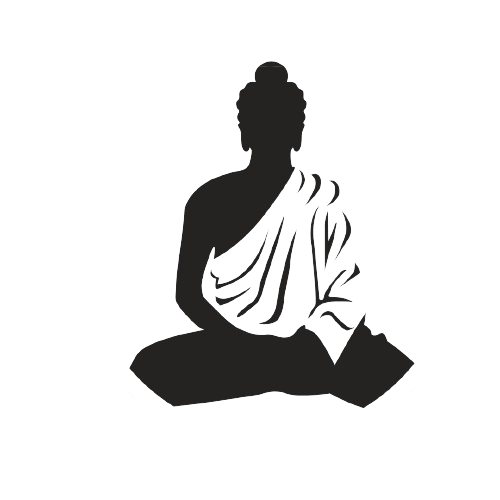

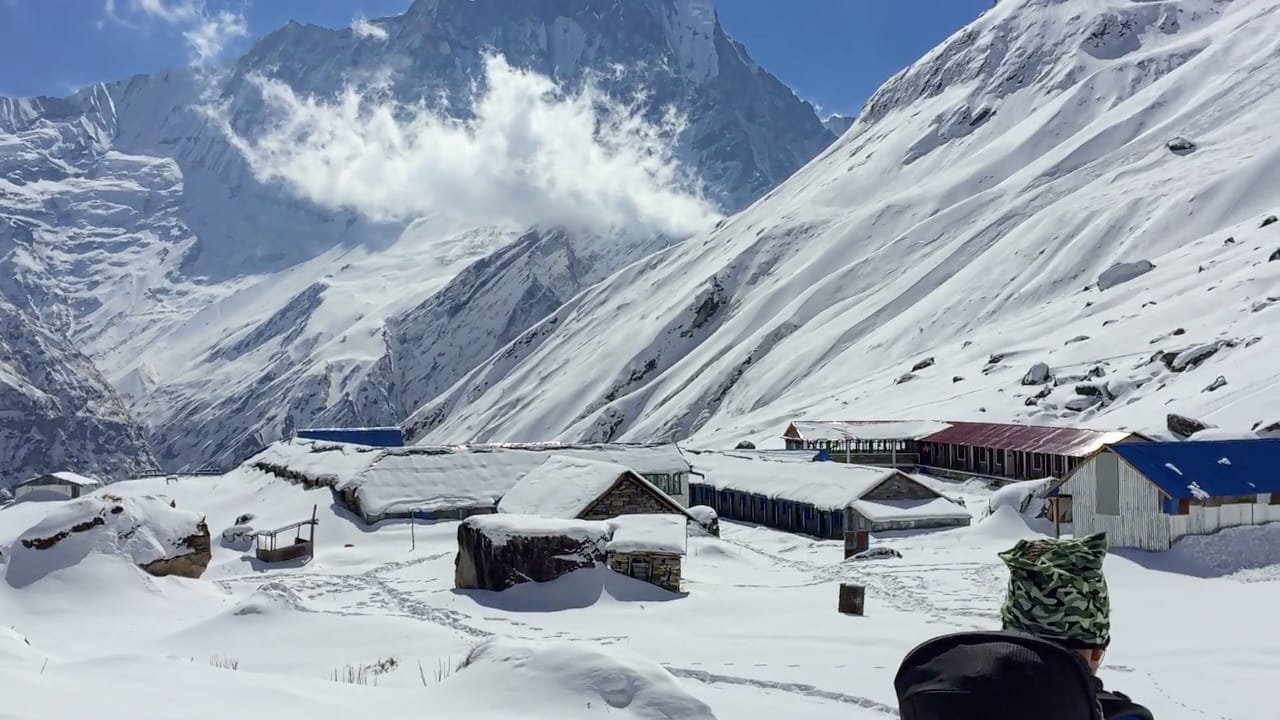
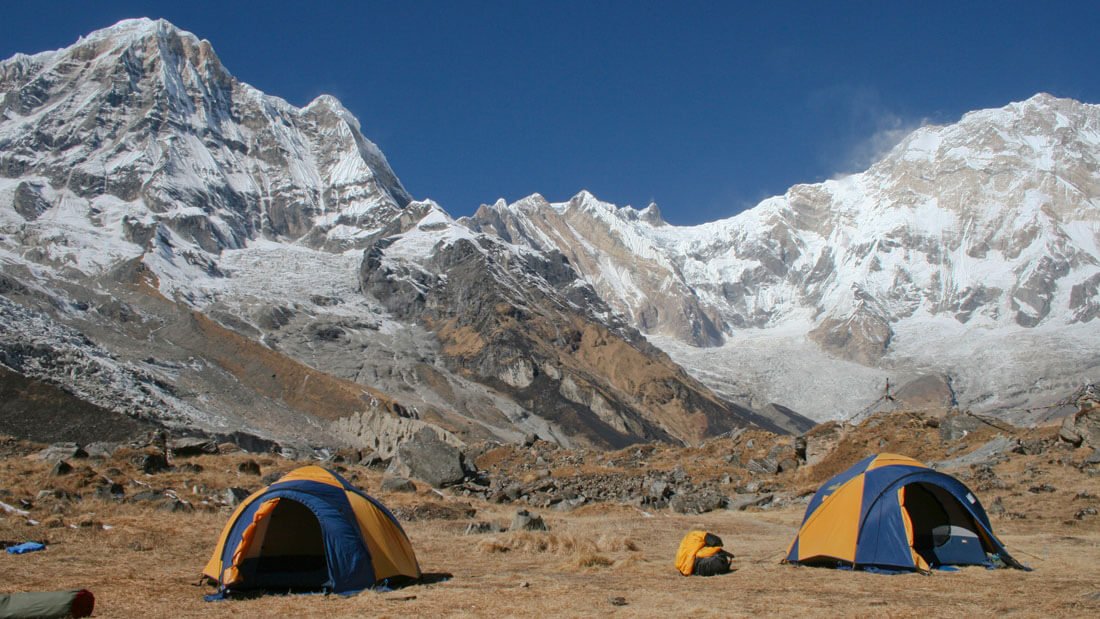
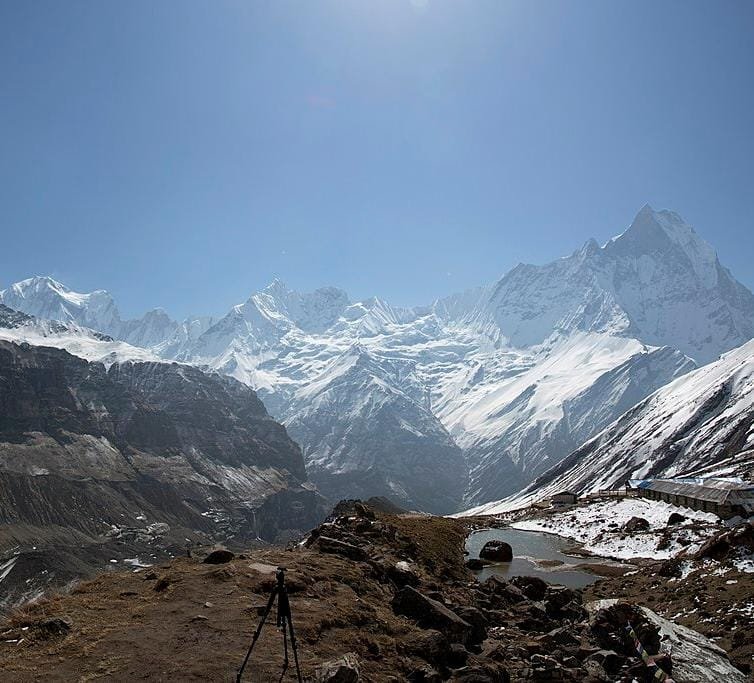
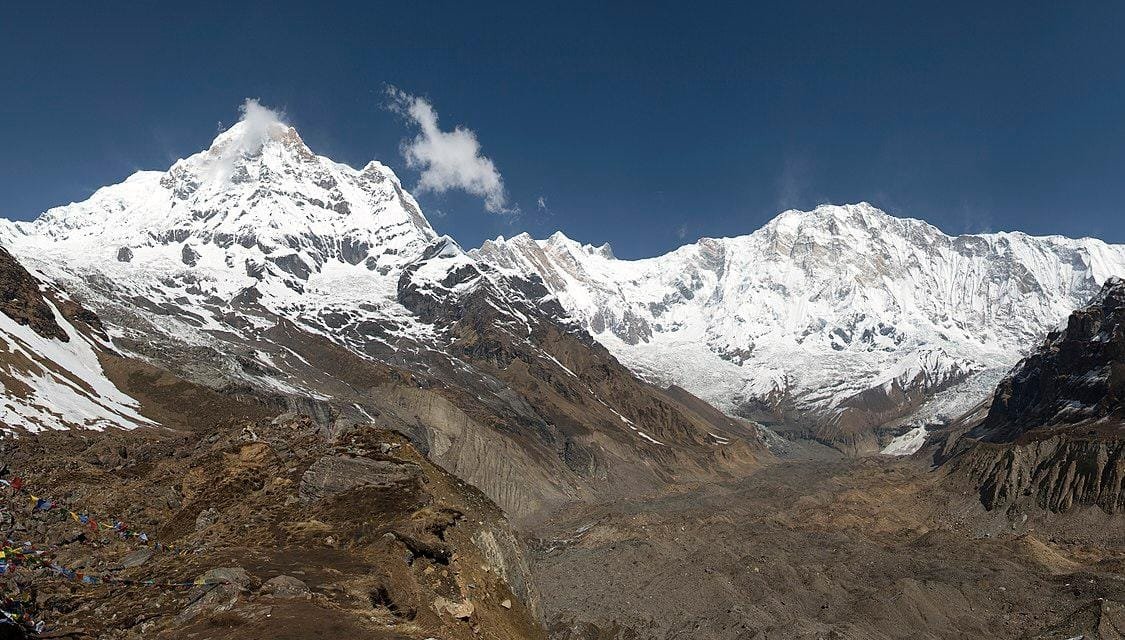
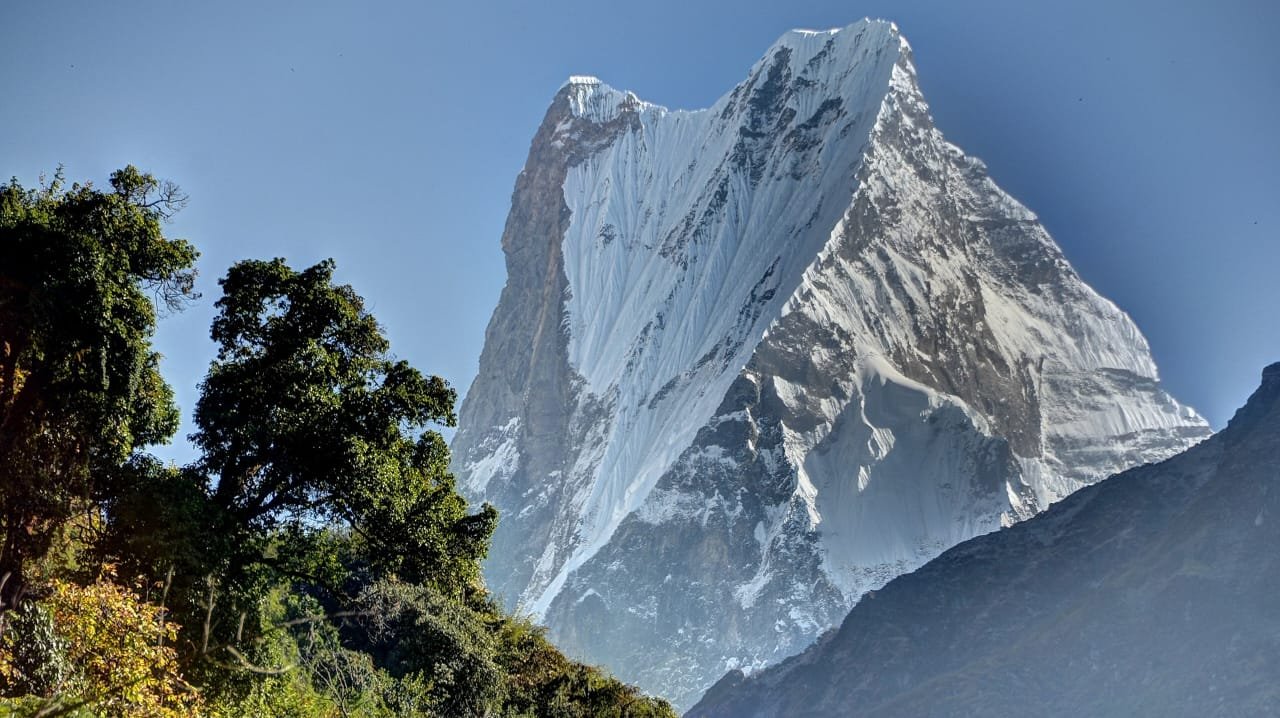
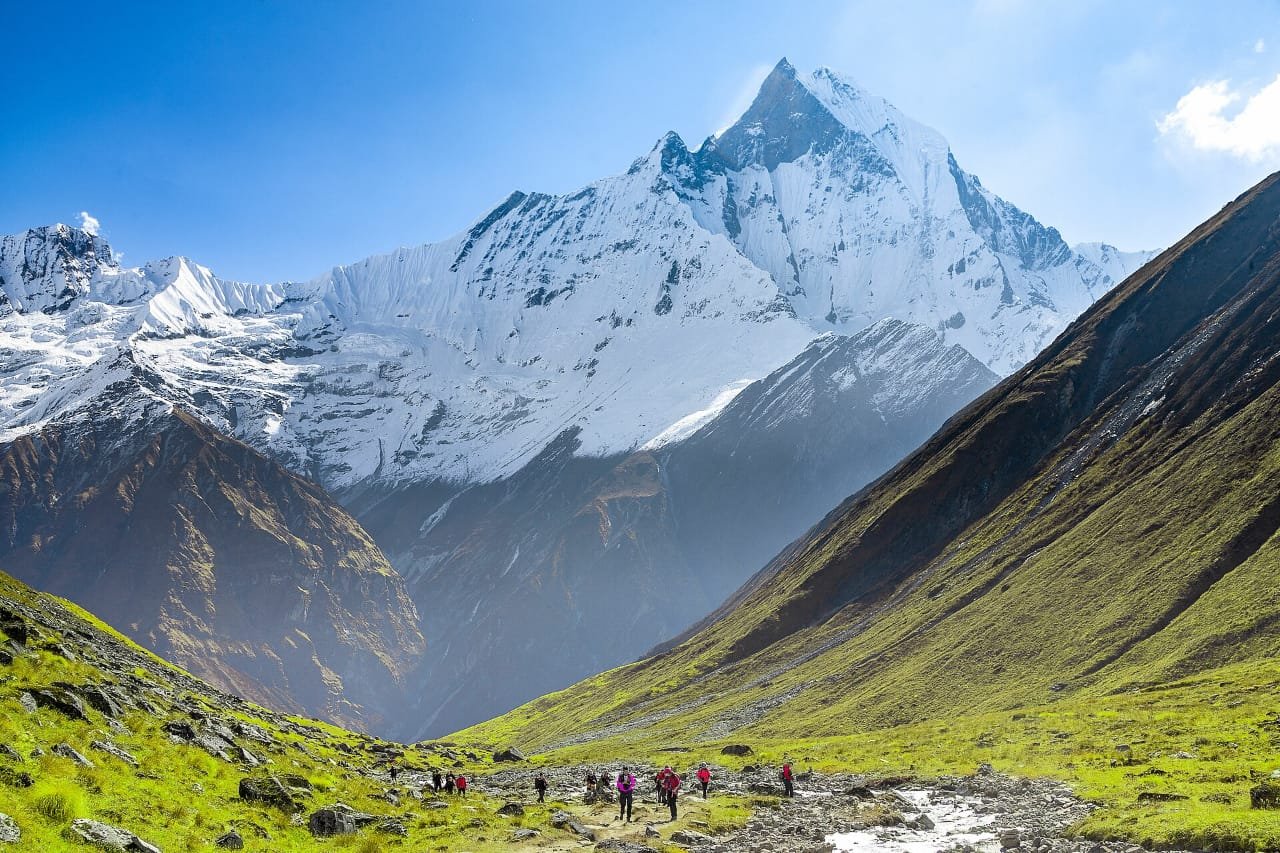
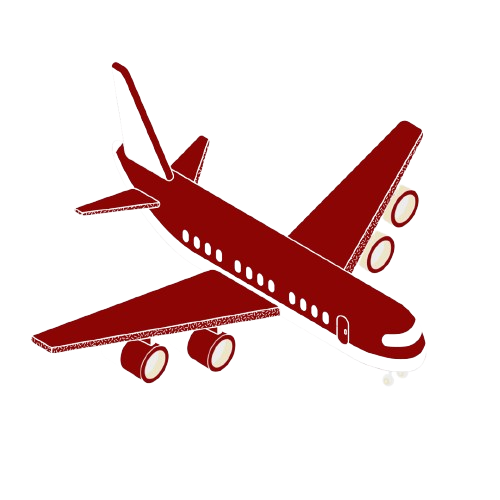
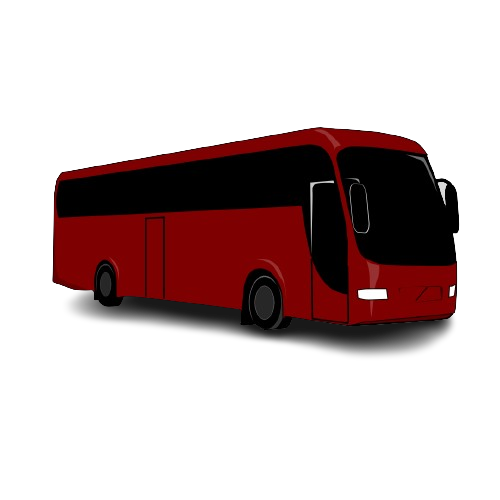


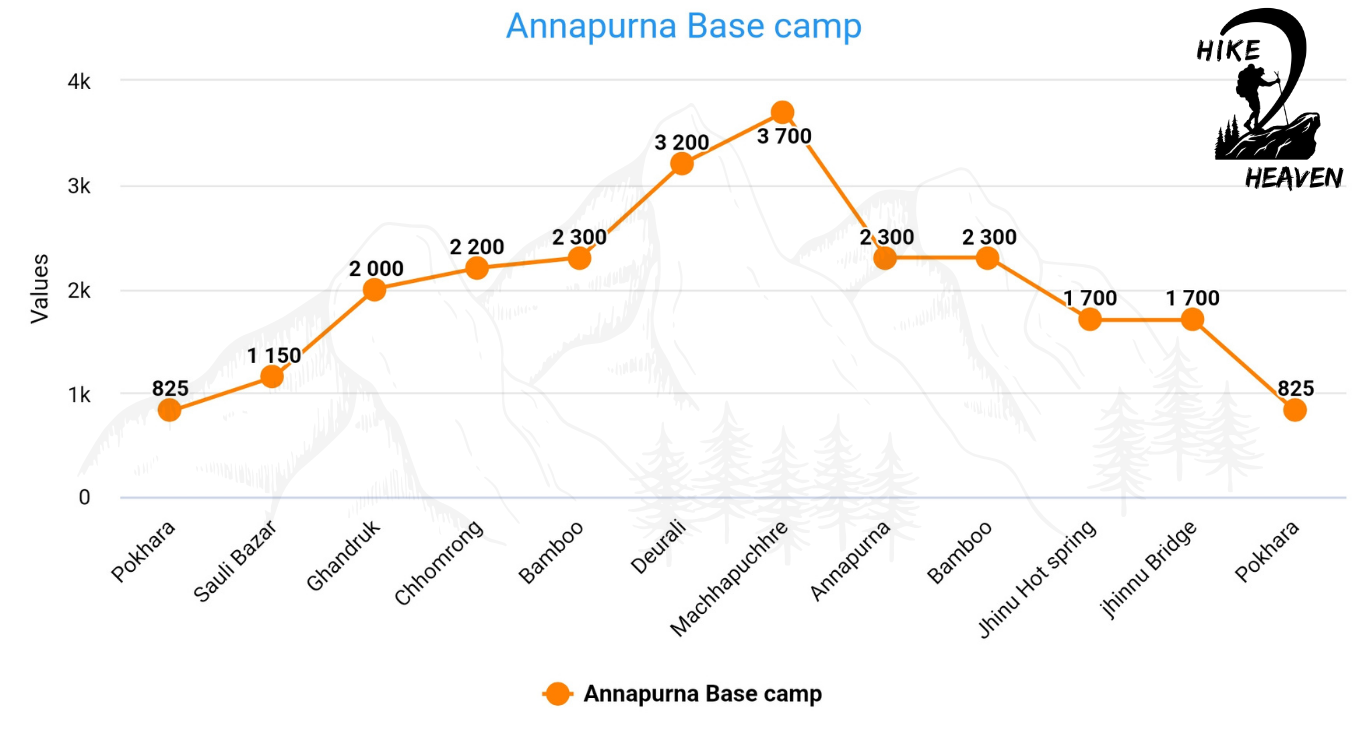
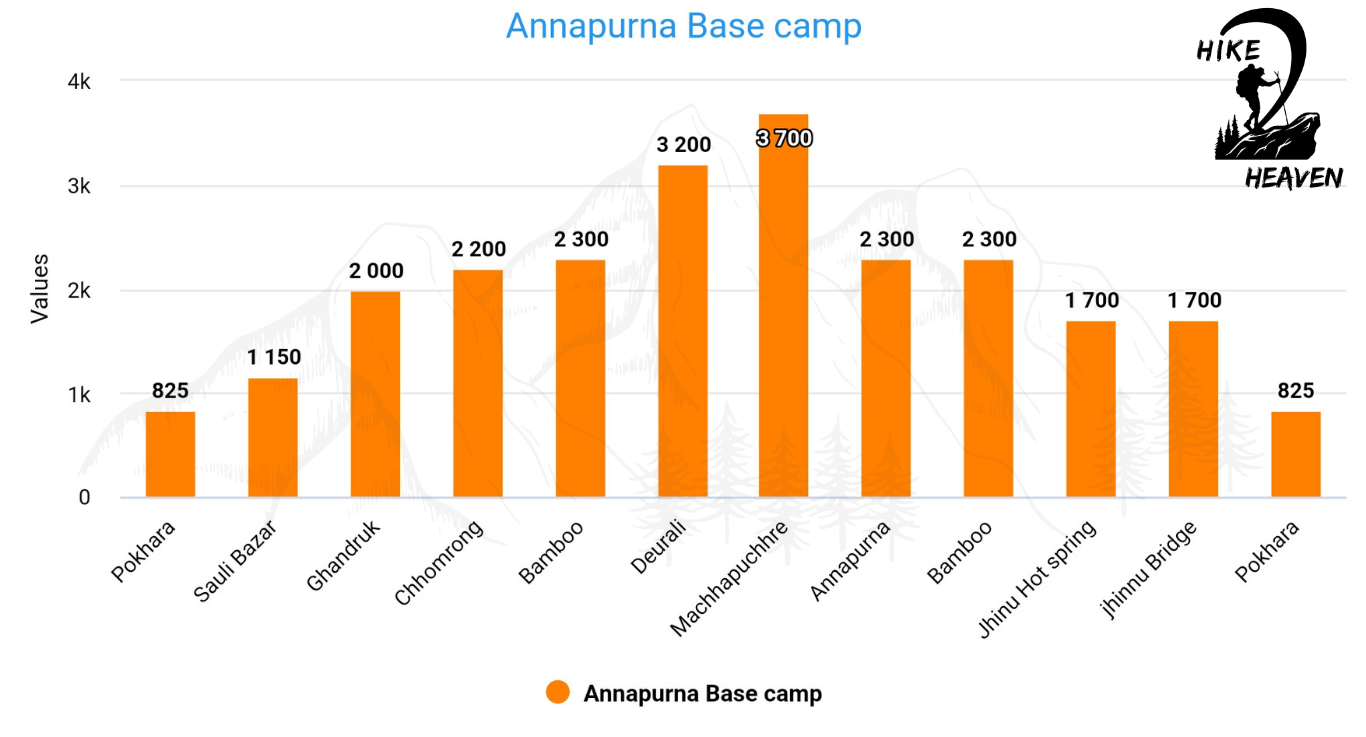

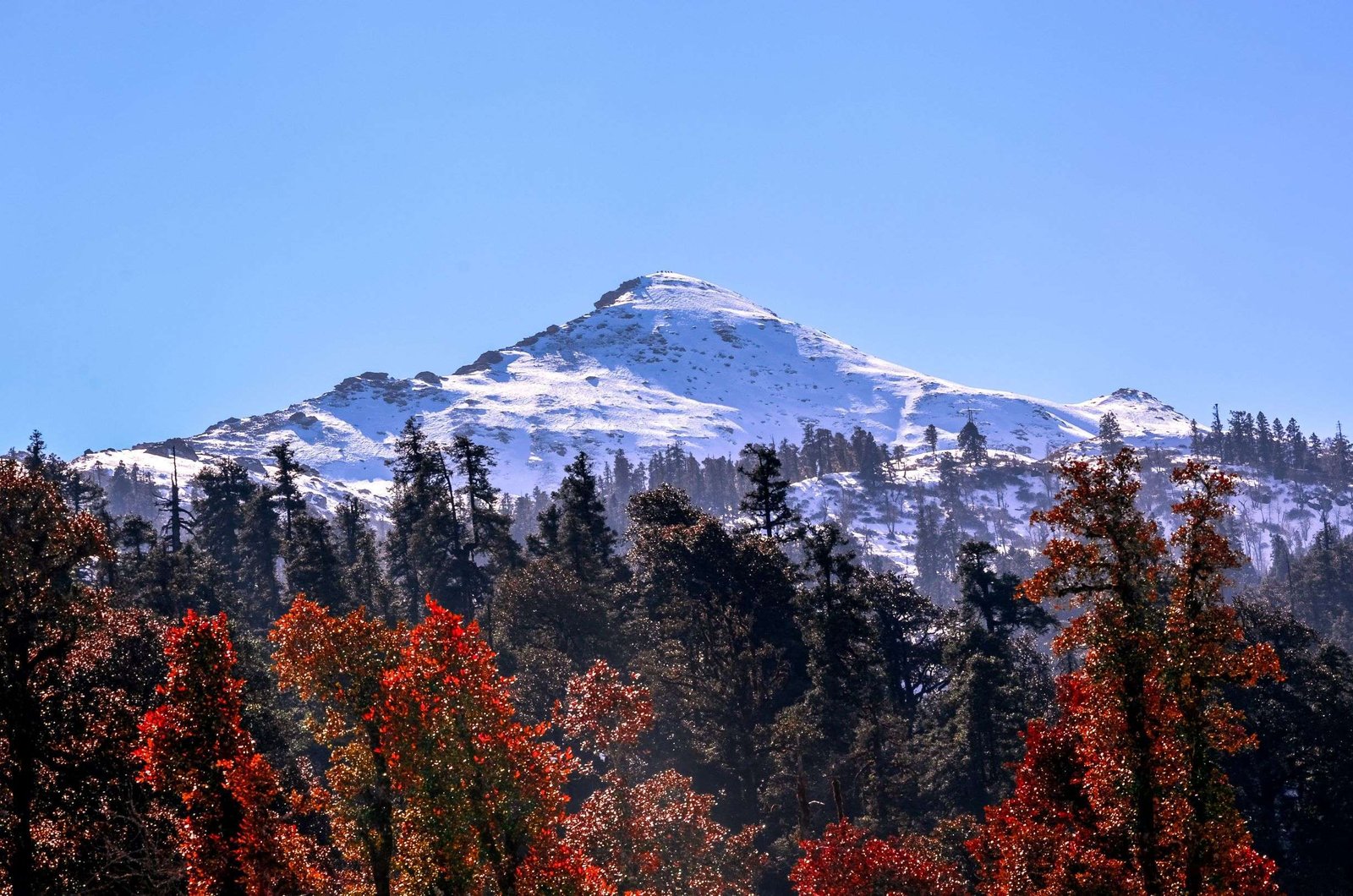
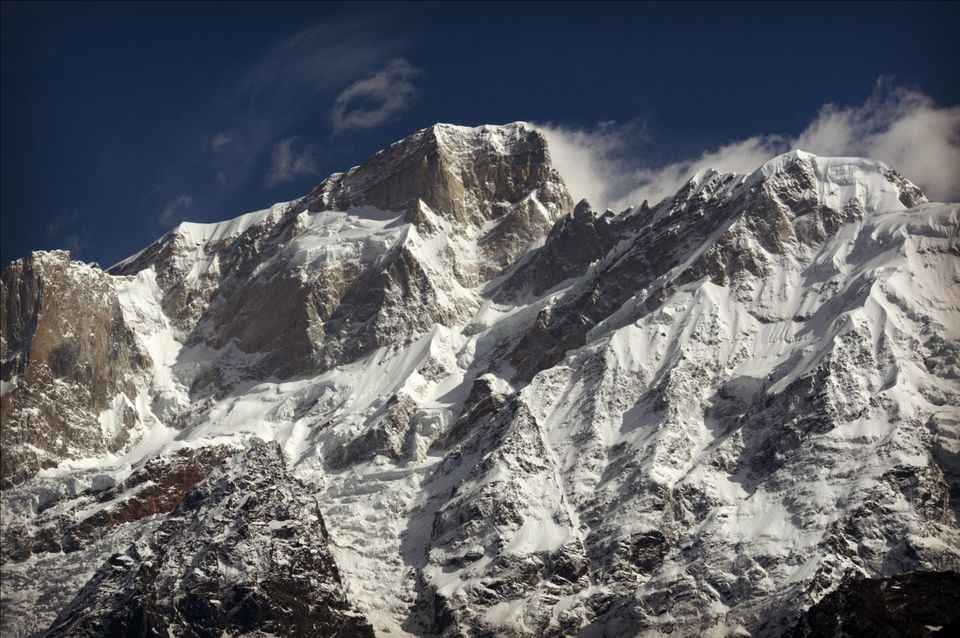
Write Your Review